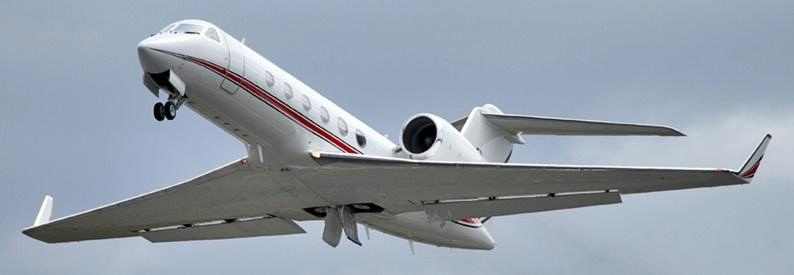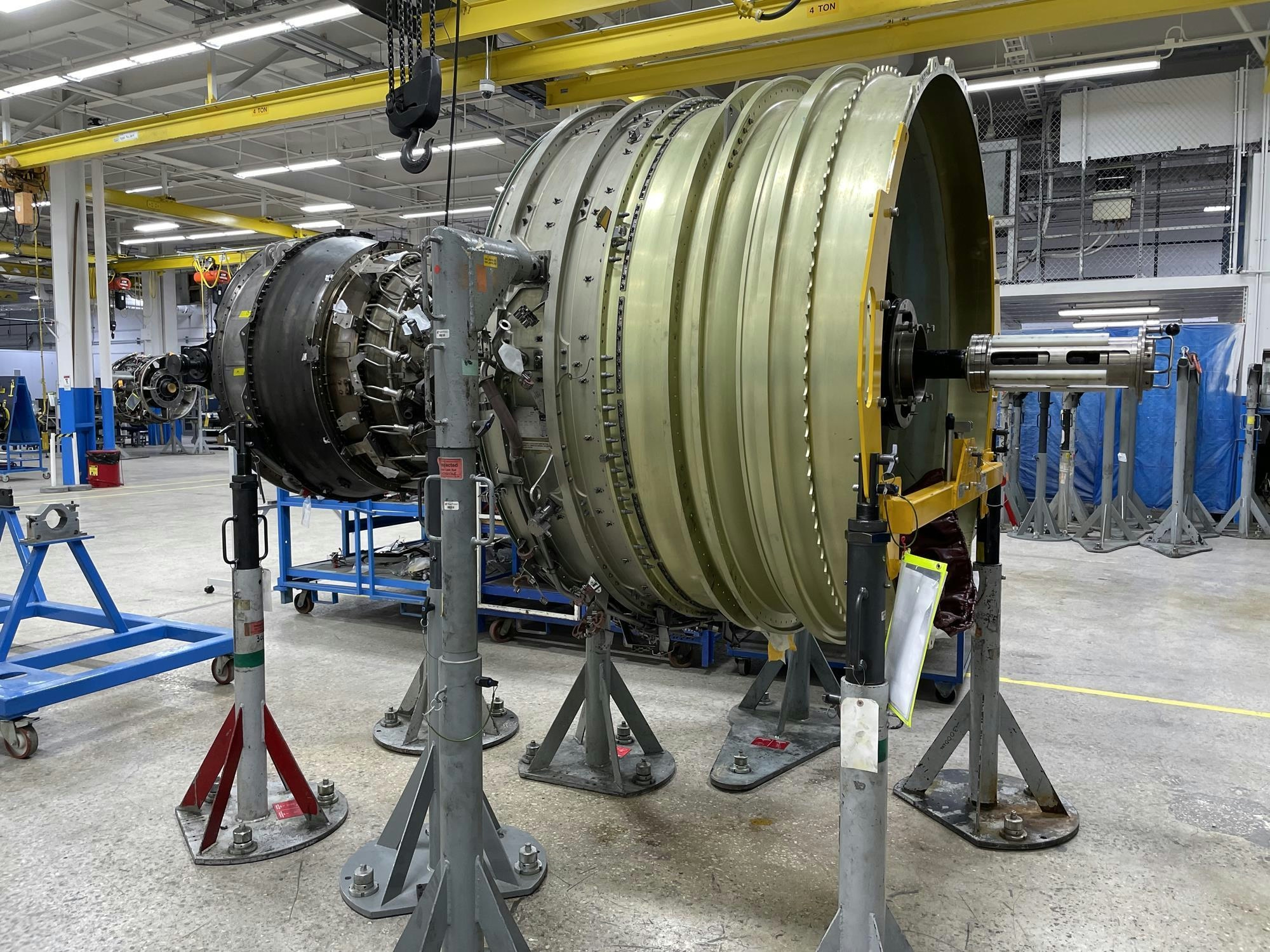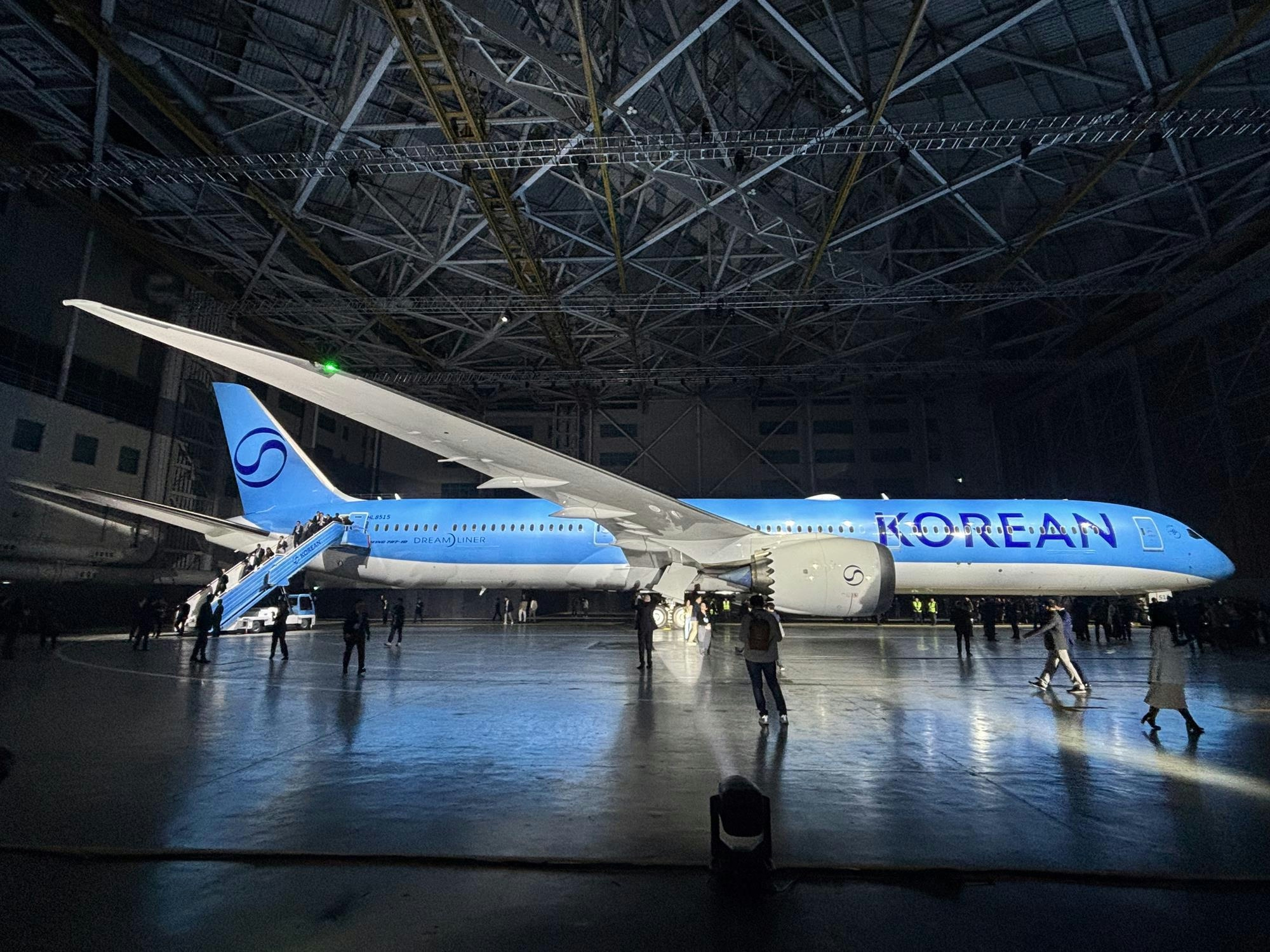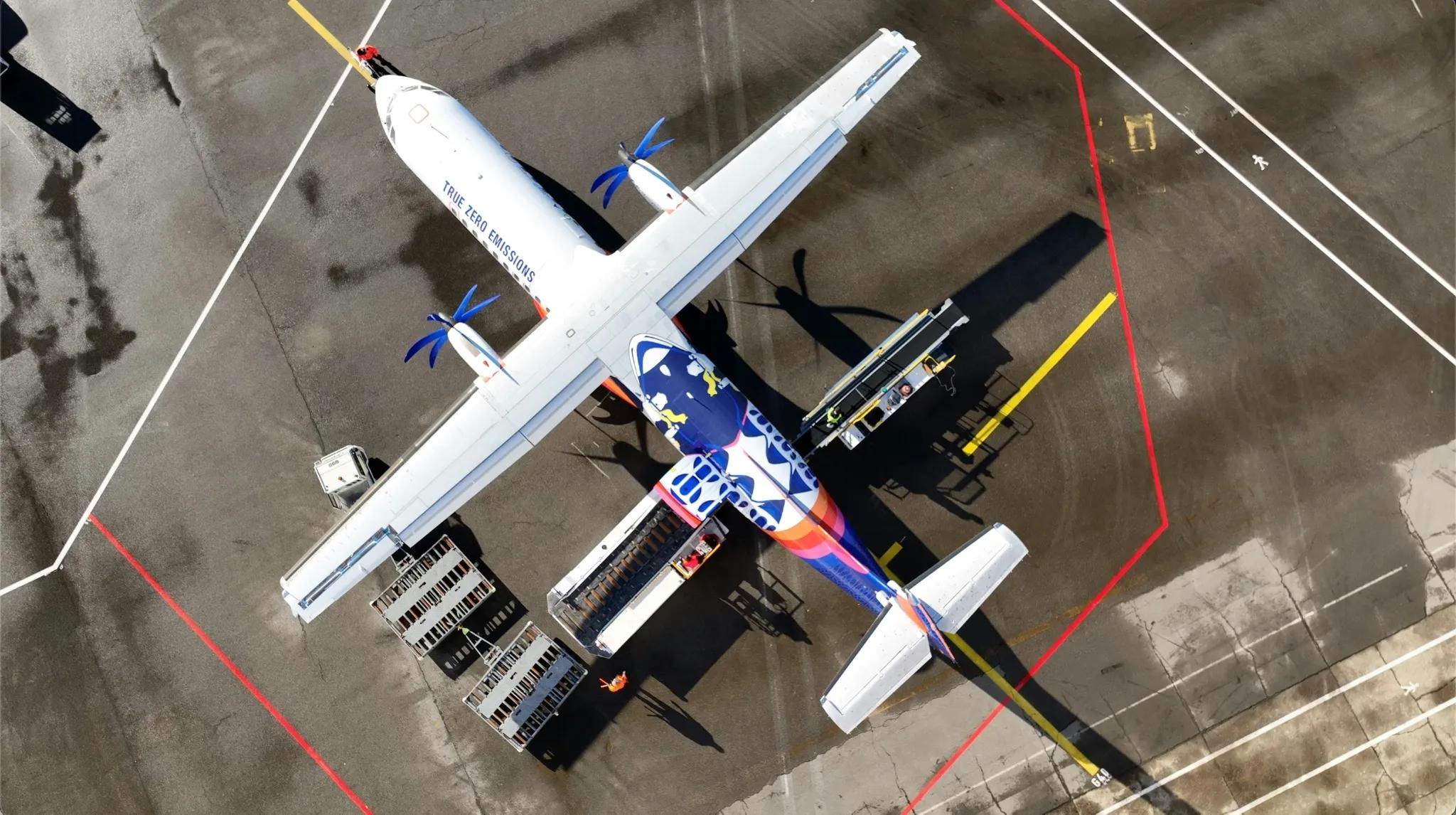
AeroGenie — Uw intelligente copiloot.
Trending
Categories
Türkiye's Sierra Aviation Obtains AOC for GIV-SP Operations

Türkiye's Sierra Aviation Obtains AOC for GIV-SP Operations
Sierra Aviation has been granted air operator's certificate (AOC) #TR-AT-105 by the Turkish Directorate General of Civil Aviation (Sivil Havacılık Genel Müdürlüğü - SHGM), authorizing the company to operate Gulfstream GIV-SP aircraft. This certification follows the addition of a 22.7-year-old Gulfstream GIV-SP, registered as TC-EMR (msn 1481), to Sierra Aviation’s fleet. Configured to accommodate up to 14 passengers, TC-EMR is based at Istanbul Atatürk Airport and was previously operated under Zafer Air’s AOC, which also covers two other GIV-SP aircraft.
Another GIV-SP, the 23.6-year-old TC-DMR (msn 1456), seating up to 13 passengers, is also listed on Sierra Aviation’s website. Imported from the United States earlier this year, TC-DMR is not currently operating under Zafer Air’s HMZ code, unlike the rest of Zafer Air’s fleet. It remains uncertain whether this aircraft has been or will be formally incorporated into Sierra Aviation’s AOC.
Market Context and Competitive Landscape
Founded in 2024 and headquartered in Ankara, Sierra Aviation specializes in private jet charter and air ambulance services. The company enters a Turkish charter market characterized by intensifying competition and evolving dynamics. As new entrants like Sierra Aviation secure operational approvals, established operators may respond by reinforcing their market positions, potentially prompting shifts in business strategies and heightened regulatory scrutiny.
Sierra Aviation joins a group of Turkish AOC holders operating the Gulfstream GIV-SP variant. Alongside Zafer Air, operators include Bonair (Türkiye) and Genel Havacilik, each with two GIV-SPs, as well as Alfa Jet, BKNJET, and CKD Aviation, each operating one. Additionally, two earlier GIV variants are managed by ACM Air (Türkiye) and CKD Aviation, with the latter’s GIV and GIV-SP flying on behalf of Istanbul Airlines.
The broader Turkish aviation sector is witnessing strategic expansions and acquisitions, exemplified by Turkish Airlines’ recent binding bid for a minority stake in Air Europa. These developments highlight a competitive environment where regulatory oversight and market responses are actively shaping the future of business aviation in Türkiye.
Meanwhile, the upgraded Gulfstream G450 is operated by AirENKA, Genel Havacilik, Körfez Havacilik, REC Havacilik, Redstar Aviation—which added the type earlier this year—and VatanJet, each with one aircraft. Zafer Air operates three G450s, including one on behalf of the Kyrgyz government.
As Sierra Aviation embarks on GIV-SP operations, it faces both opportunities and challenges within a rapidly evolving market, where strategic positioning and adaptability will be essential for sustained success.

How Volcanic Ash Disrupts Aircraft Engines

Ethiopia Volcanic Ash Plume Poses Risk to Aviation, DGCA Issues Warning

SIA Engineering and Safran to Expand LEAP Engine Maintenance Partnership

Korean Air to Build New MRO Facility at Seoul Incheon Airport

The Continued Importance of Charter Flight Cost and Time Estimators for Business Aviation

Pivot Airlines to Acquire First DHC-8-Q300 Aircraft

Global Aviation Market Projected to Reach $524 Billion by 2030

Boeing Subsidiary Unveils Pilotless Air Taxi

Horizon Progresses Cavorite X7 Toward IFR-Certified Flight
